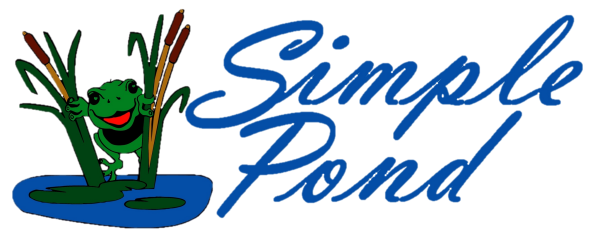Maintenance Help
Many of the pond owners that I meet are very confused and frustrated when it comes to pond maintenance. Unfortunatley, this frustration often results in heavy chemical use and more and more frustration as the shortfalls of chemical treatment become evident. I created this page to help direct you to the best products to use for your pond.
Please scroll down and choose the section that best describes your pond situation.
Smallest Ponds
- These are some of the smallest ponds you’ve seen.
- Sized like a large bathtub.
- Often have little to no filtration or circulation.
- Often these are rubber lined but without rock or gravel.
- Could be concrete.
- Likely 500 – 1000 gallons of water.
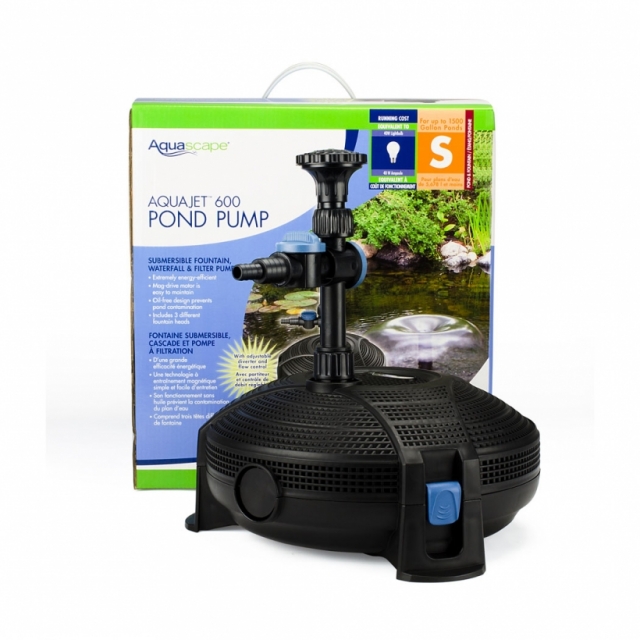
600 gph Recirculating / Fountain pump
If your smallest pond doesn’t have any sort of circulation, this pump will provide that and also provide a nice little fountain.
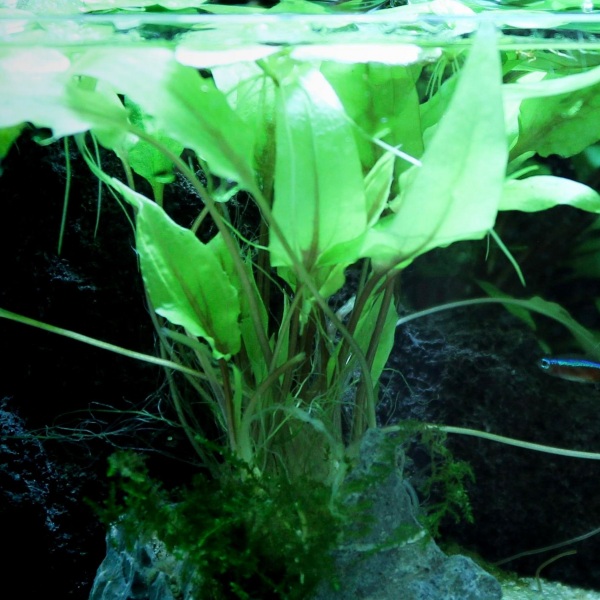
Aquatic Plants
The more pretty plants you have, the less algae. I’d recommend maybe 6 – 9 plants for a pond this size.
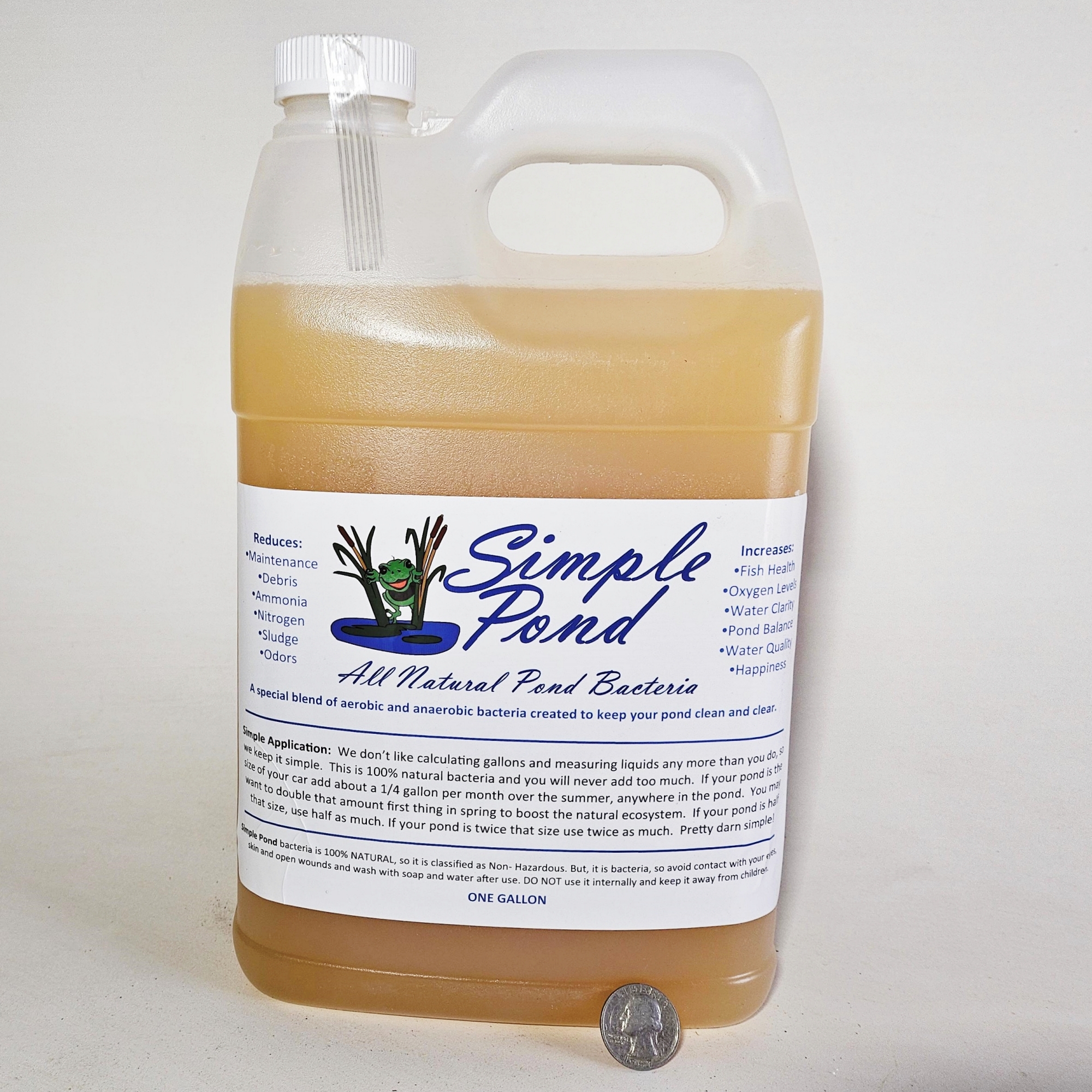
Simple Pond Bacteria
Adding this bacteria to your water will help break down debris and help to keep your water clean.
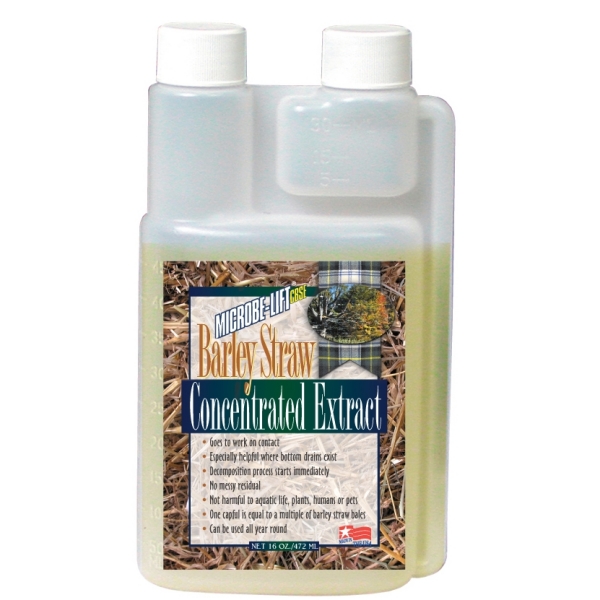
Barley Extract
If your pond is too small for a traditional barley straw bale, try using this Barley extract.
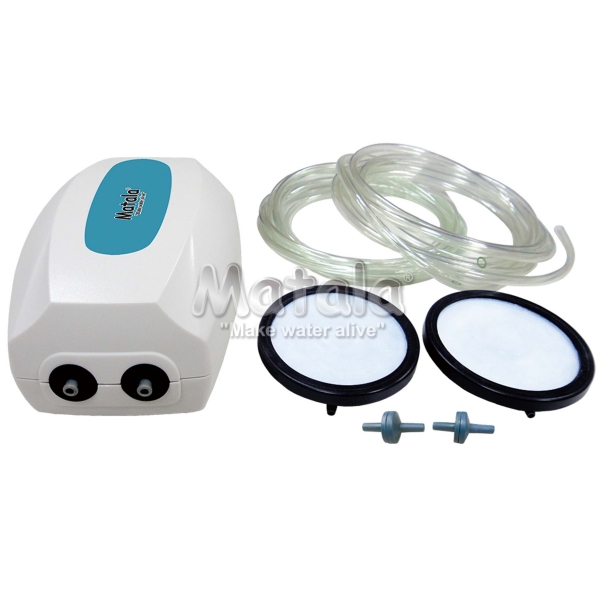
Bottom Aeration
Bottom aeration can help any pond attain balance. The circulation of the water will help to keep the water clean and help to keep your fish happy and healthy.
Small Ponds
- These are just a bit bigger than the smallest ponds.
- Maybe the size of a small car.
- Many have a small waterfall and skimmer box.
- Usually rubber lined and most will have rock and / or gravel in the bottom.
- Could be concrete, but not usually.
- Usually about 1000 gallons of water.
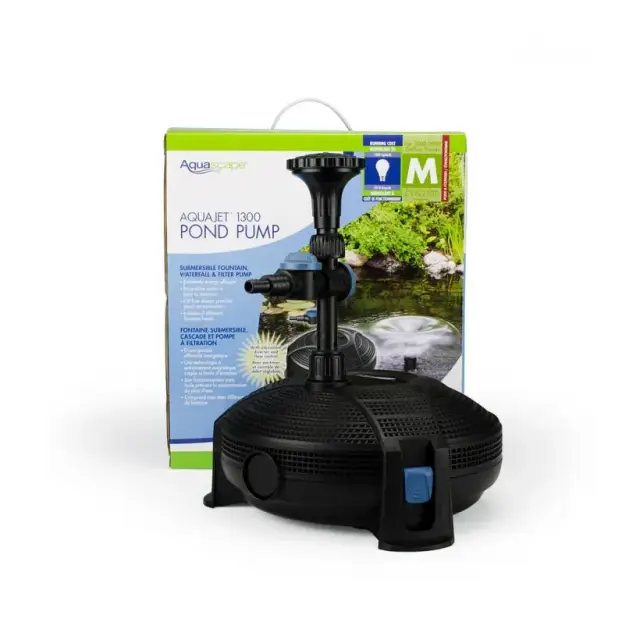
1300 gph Recirculating / Fountain pump
If your small pond doesn’t have any sort of circulation, this pump will provide that and also provide a nice little fountain.

Aquatic Plants
The more pretty plants you have, the less algae. I’d recommend maybe 10 – 15 plants for a pond this size.

Simple Pond Bacteria
Adding this bacteria to your water will help break down debris and help to keep your water clean.
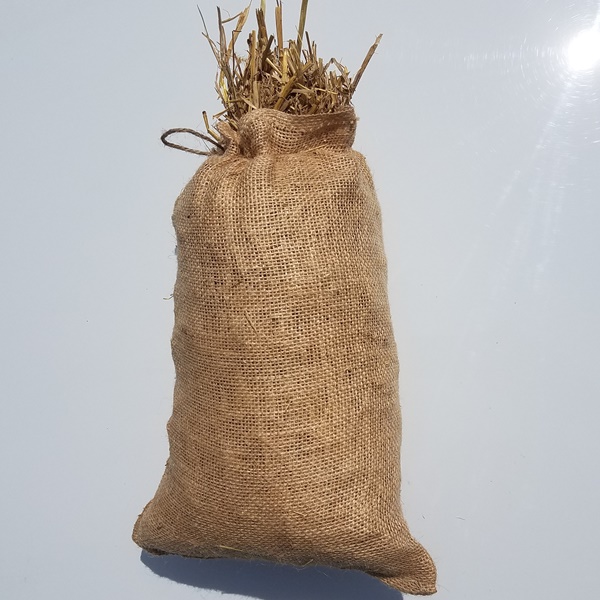
Barley Bale
Tuck one of these in your waterfall box or under some rock in the pond. An area with some circulation is best.

Bottom Aeration
Bottom aeration can help any pond attain balance. The circulation of the water will help to keep the water clean and help to keep your fish happy and healthy.
Average Backyard Ponds
- These are some of the most common back yard water garden sizes.
- These ponds are the size of your car or maybe two average cars.
- These are often tucked up against a patio near the house.
- Most have a waterfall and skimmer box.
- Some may have a wetland filter and wet well intake.
- Usually rubber lined and most will have rock and/or gravel in the bottom.
- Could be concrete, but not usually.
- Most have some aquatic plants.
- Usually about 1500 – 8000 gallons.
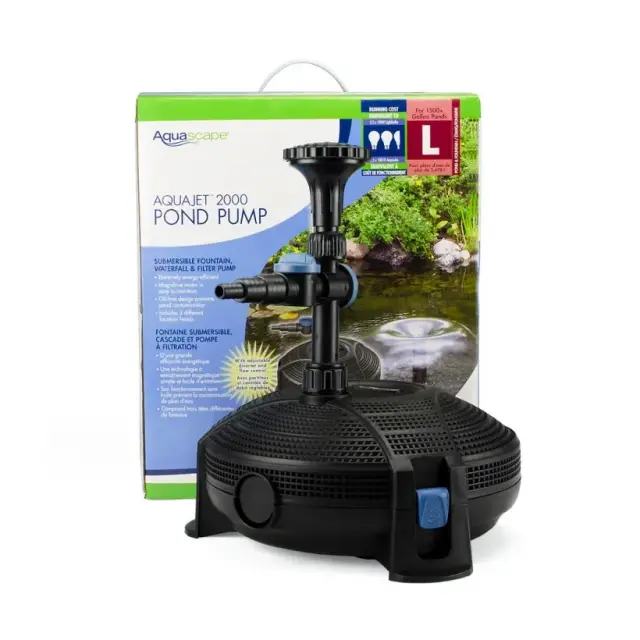
2000 gph Recirculating / Fountain pump
Many pond owners will use a pump like this for some extra circulation of their average ponds with the added benefit of a small fountain. If your average pond has some still areas, this pump will help.

Aquatic Plants
The more pretty plants you have, the less algae. I’d recommend maybe 15 – 24 plants for a pond this size.

Simple Pond Bacteria
Adding this bacteria to your water will help break down debris and help to keep your water clean.

Barley Bale
Tuck two of these in your waterfall box or wetland filter under the rock. Add another one somewhere in the pond where it will get good water circulation to add some more algae control.
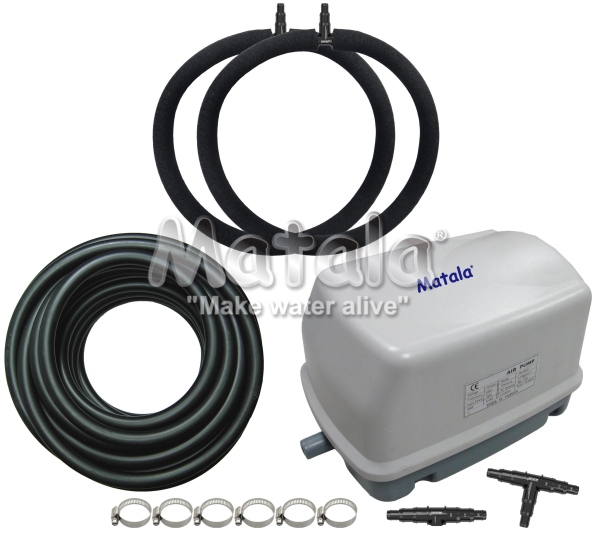
Bottom Aeration
Bottom aeration can help any pond attain balance. The extra circulation will help to keep the water clean and help to keep your fish happy and healthy. This is the smallest unit you would want for your average pond. If your pond is on the larger side of this spectrum, definitely pick a larger one from our aeration page.
Larger Backyard Ponds
- These are ponds larger than 2 average cars and smaller than your house.
- These ponds are usually placed a bit further from the house.
- They are often more natural, and most are not lined.
- These ponds often have many natural occurring aquatic plants, sometimes far too many.
- These ponds are too large to be filtered with skimmers and waterfall boxes.
- Very few have wetland filters or waterfalls.
- Some have aeration of some sort.
- Most often, they have muddy and soft bottoms.
- Most of these ponds are more than 10,000 gallons.
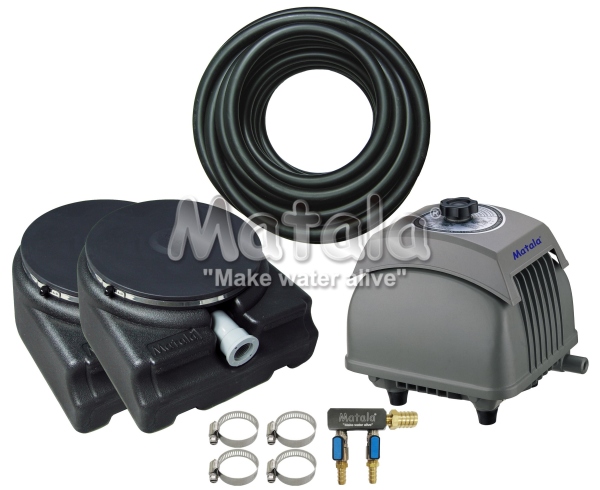
Dual Diffuser Aeration
Ponds of this size, whether they have a waterfall or not can usually benefit from bottom aeration. This would be about the smallest kit recommended.
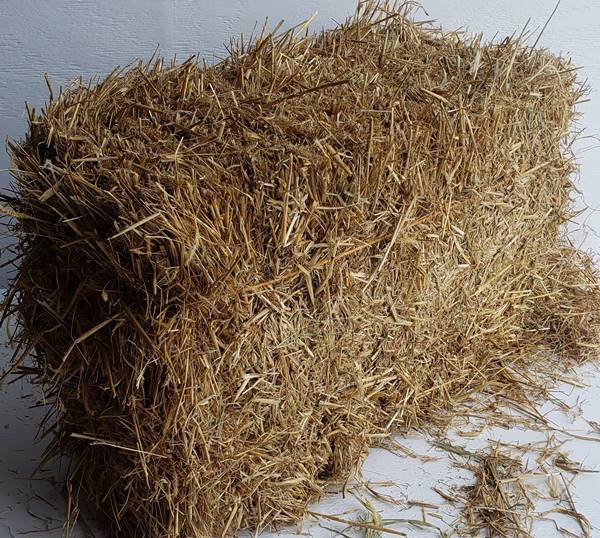
Large Barley Bale
Depending on the size of your pond, you might want to purchase one of these large barley bales and some mesh bags and make your own bales, or you could simply weigh down a full bale in your pond. Keep in mind that water circulation and oxygen are key for these bales to biodegrade and benefit your pond.
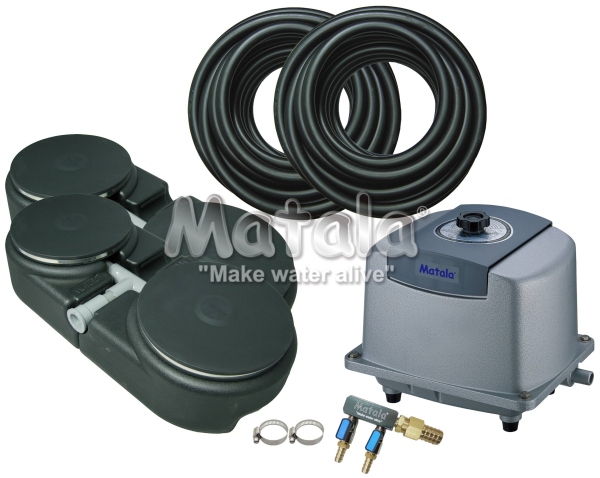
Larger Dual Diffuser Aeration
This bottom aeration system would be about the largest that would be needed for ponds in this category. All ponds will benefut from bottom aeration, especially natural unlined ponds.
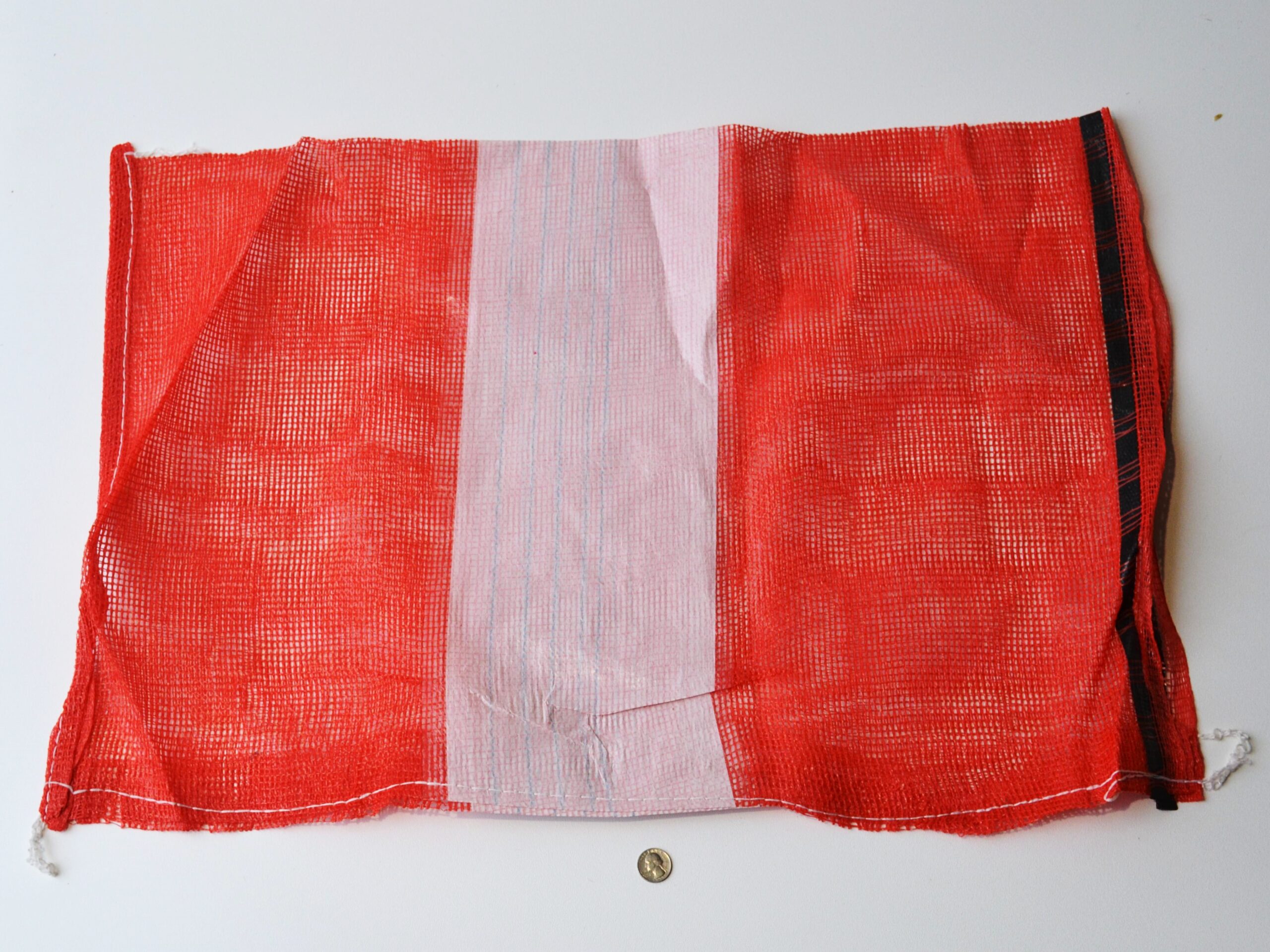
Mesh Bags
If you’re buying the full sized barley bale, you might want to get some of these to split it up and spread it to multiple locations in your pond.

Simple Pond Bacteria
Adding this bacteria to your water will help break down debris and help to keep your water clean.
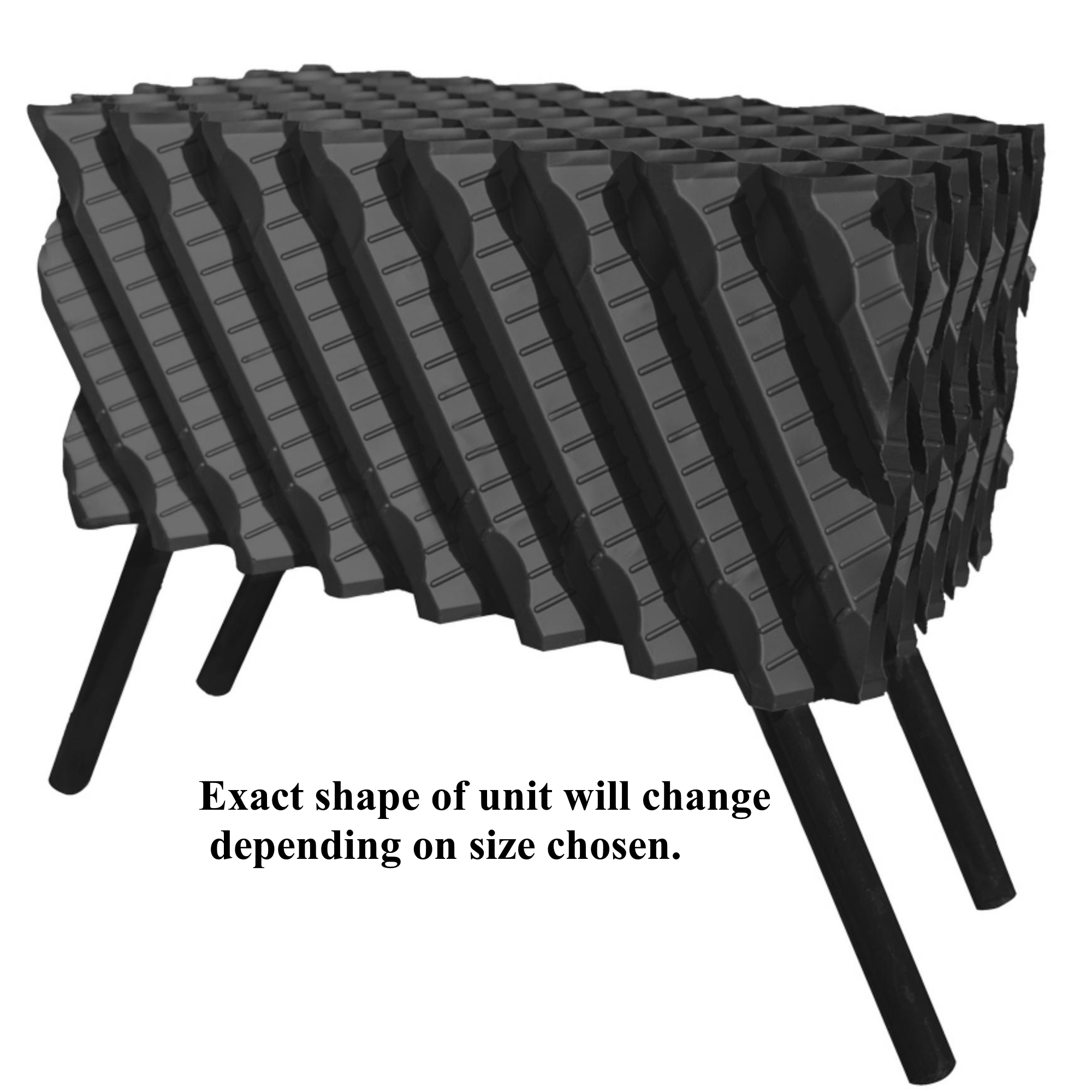
Bioboost Nest
Bioboost Nests are colonization structures for bacteria. Placing these near your bottom aeration diffusers will boost the amount of aerobic bacteria near the bottom of your pond, which will make your bacteria applications more effective and will speed up the break down of muck and debris.

Barley Bale(s)
With a larger pond, you can still bury these smaller barley bales in your wetland or weight them down in your pond. It’s best if they can be in an area of some water circulation, and you don’t want them too deep in the pond.
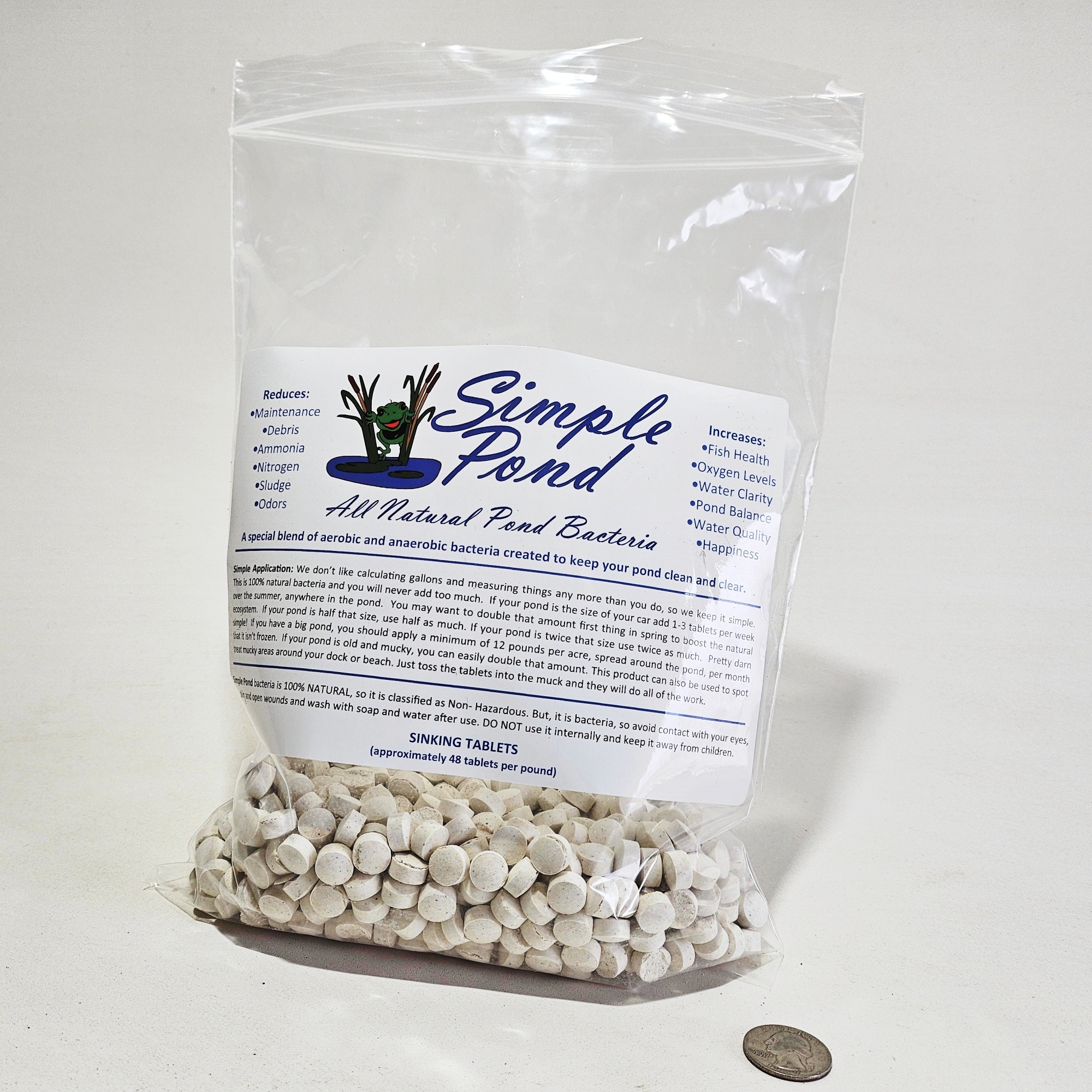
Sinking Muck Reducing Tablets
Using these natural bacteria tablets in your larger pond will help to reduce the sludge and debris on the bottom of your natural bottomed pond.

Aquatic Plants
Adding aquatic plants around the perimeter of your larger pond will help to control algae. If your pond is not lined, you may want to plant into a floating island to reduce plants spreading at your pond edge.
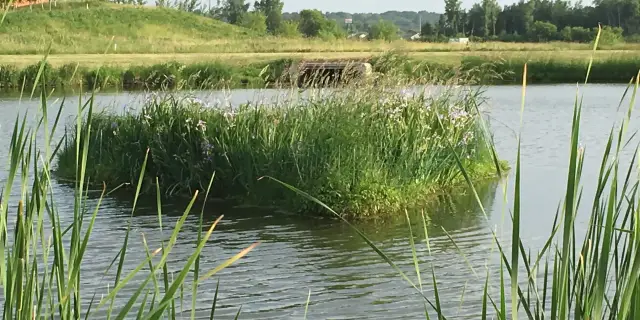
Floating Island
Rather than planting aquatic plants directly into the bottom of your natural pond, you might want to get even better water clarification by planting into these floating plant islands.
Largest Ponds
- These are ponds larger than your house.
- They would include subdivision ponds, golf course ponds, runoff ponds, fishing ponds and farm ponds.
- They are most often natural bottomed and not lined.
- These ponds often have many natural occurring aquatic plants, sometimes far too many.
- These ponds are too large to be filtered with skimmers and waterfall boxes.
- Very few have wetland filters or waterfalls.
- Some have aeration of some sort.
- Most often, they have muddy and soft bottoms.
- Unfortunately, most of these ponds are treated chemically due to general ecological ignorance.
- Most of these ponds are 1/4 acre or more.
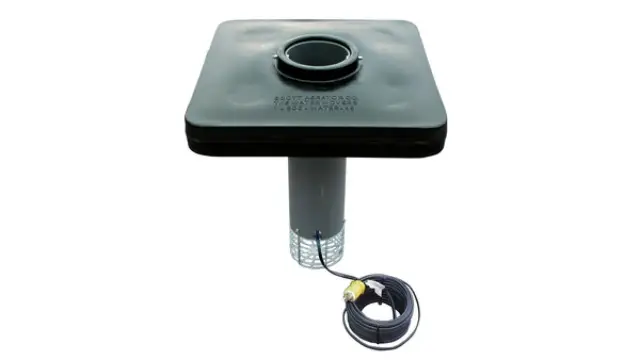
Fountain Aerator
Many people with large ponds choose to install a fountain aerator. Fountain aerators come in many sizes to fit any pond. Fountain aerators will typically circulate the top four feet of your water.

Large Barley Bale
Depending on the size of your pond, you might want to purchase one of these large barley bales and some mesh bags and make your own bales, or you could simply weigh down a full bale in your pond. Keep in mind that water circulation and oxygen are key for these bales to biodegrade and benefit your pond.
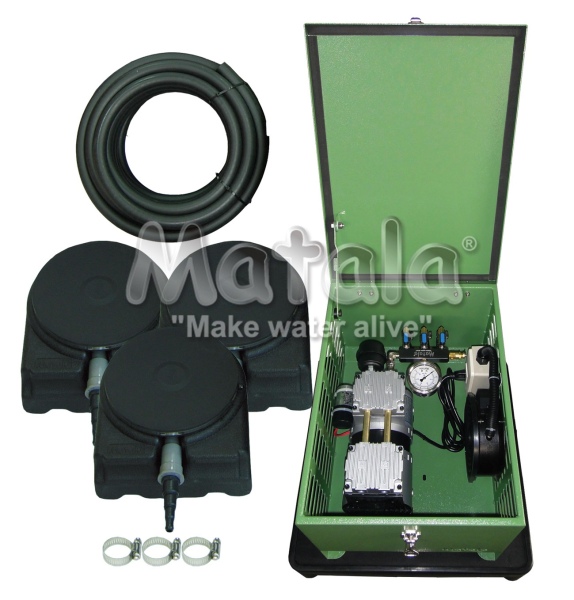
Large Pond Bottom Aeration
Bottom aeration is about the best solution for maintaining your water quality in your large naturally bottomed pond. Please visit our large pond aeration page for options and sizing to suit your pond.

Mesh Bags
If you’re buying the full sized barley bale, you might want to get some of these to split it up and spread it to multiple locations in your pond.
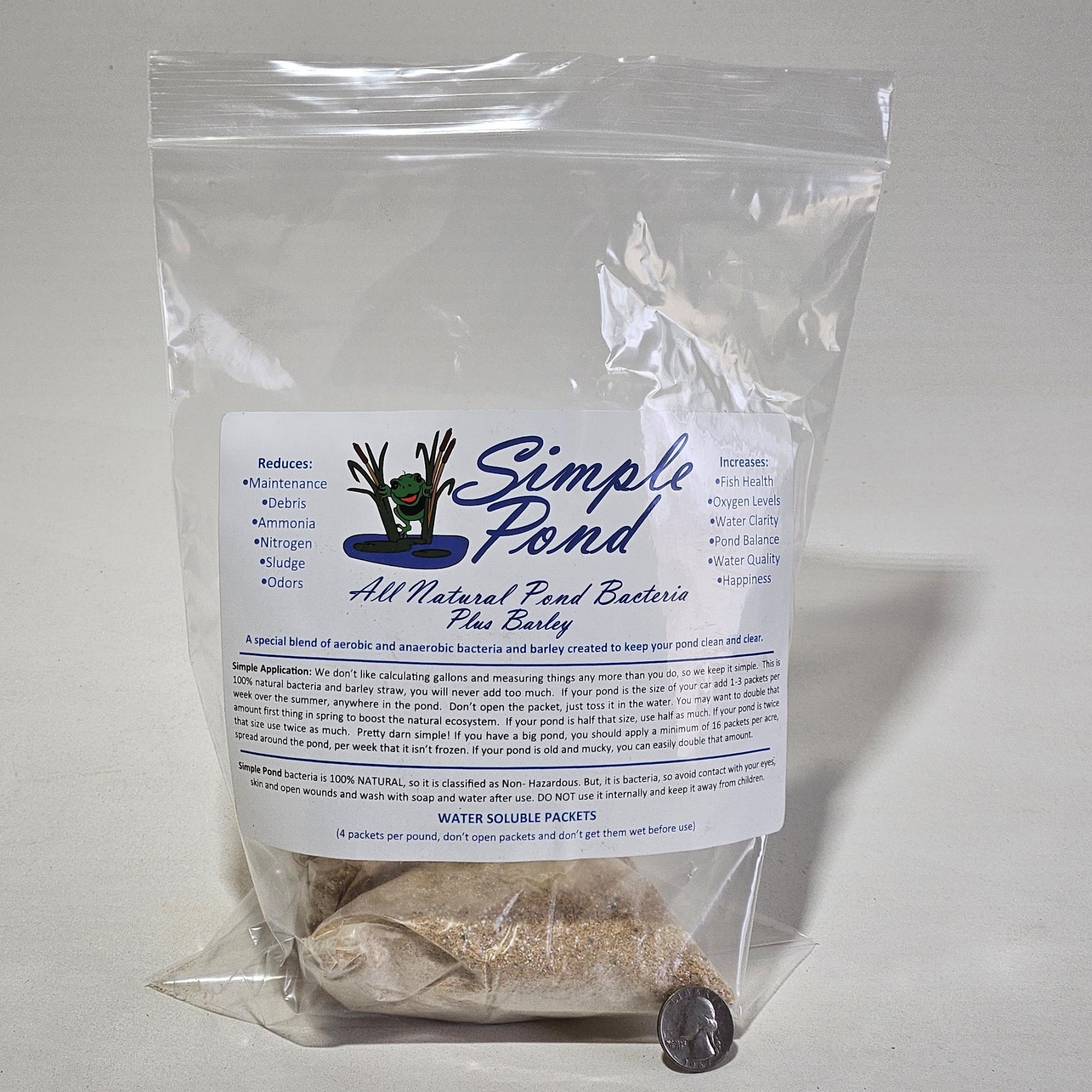
Soluble Bacteria Packets
Adding these concentrated soluble bacteria packets to your water will help break down debris and help to keep your water clean. These packets work well in a large pond, because you can just stand on the shore and toss them in all around the pond.

Bioboost Nest
Bioboost Nests are colonization structures for bacteria. Placing these near your bottom aeration diffusers will boost the amount of aerobic bacteria near the bottom of your pond, which will make your bacteria applications more effective and will speed up the break down of muck and debris.
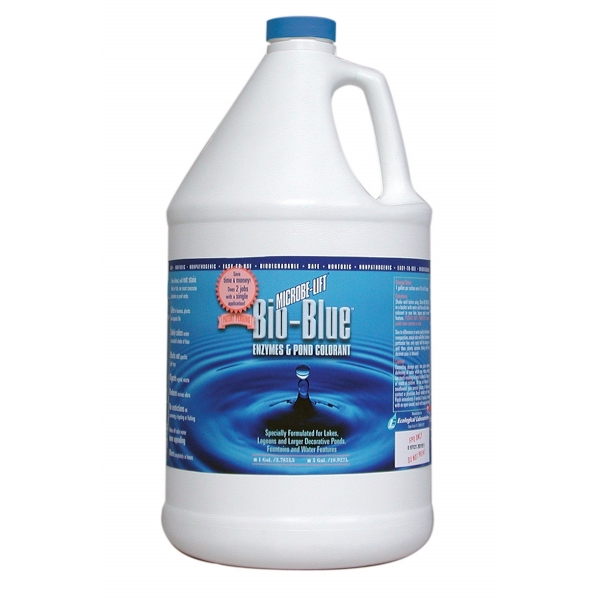
Pond Dye
Some people with large ponds like to tint the water blue for aesthetic reasons and also due to the belief that less sunlight entering the water will result in less algae.

Sinking Muck Reducing Tablets
Using these natural bacteria tablets in your larger pond will help to reduce the sludge and debris on the bottom of your natural bottomed pond.

Aquatic Plants
Adding aquatic plants around the perimeter of your larger pond will help to control algae. If your pond is not lined, you may want to plant into a floating island to reduce plants spreading at your pond edge.

Floating Island
Rather than planting aquatic plants directly into the bottom of your natural pond, you might want to get even better water clarification by planting into these floating plant islands.
